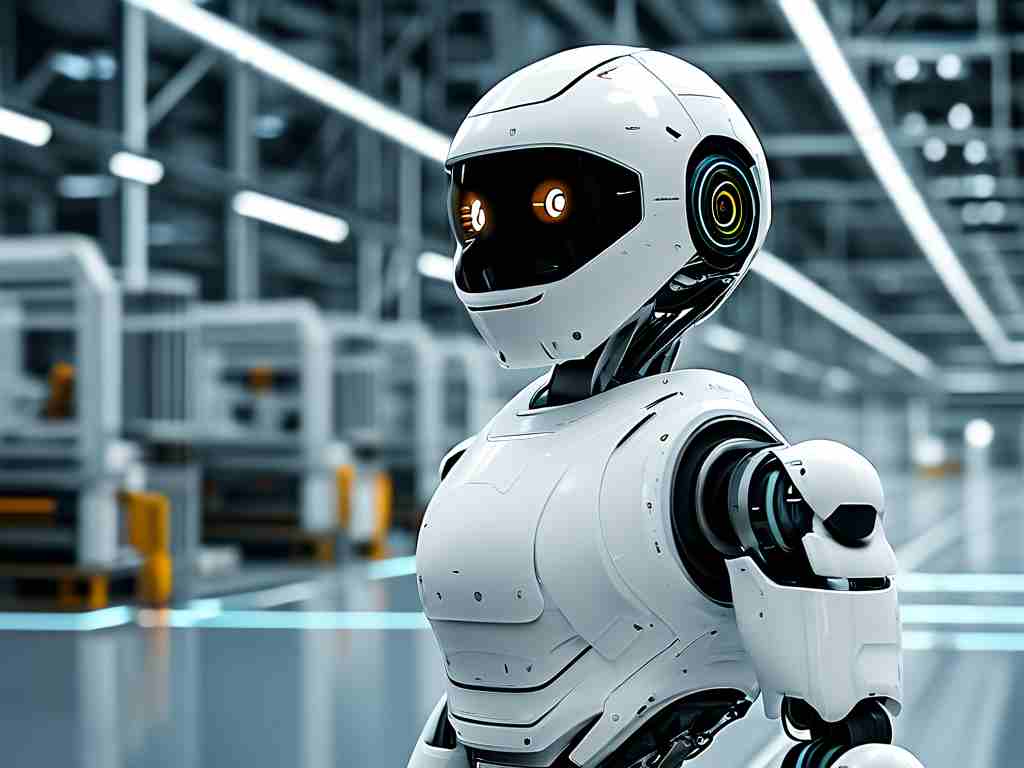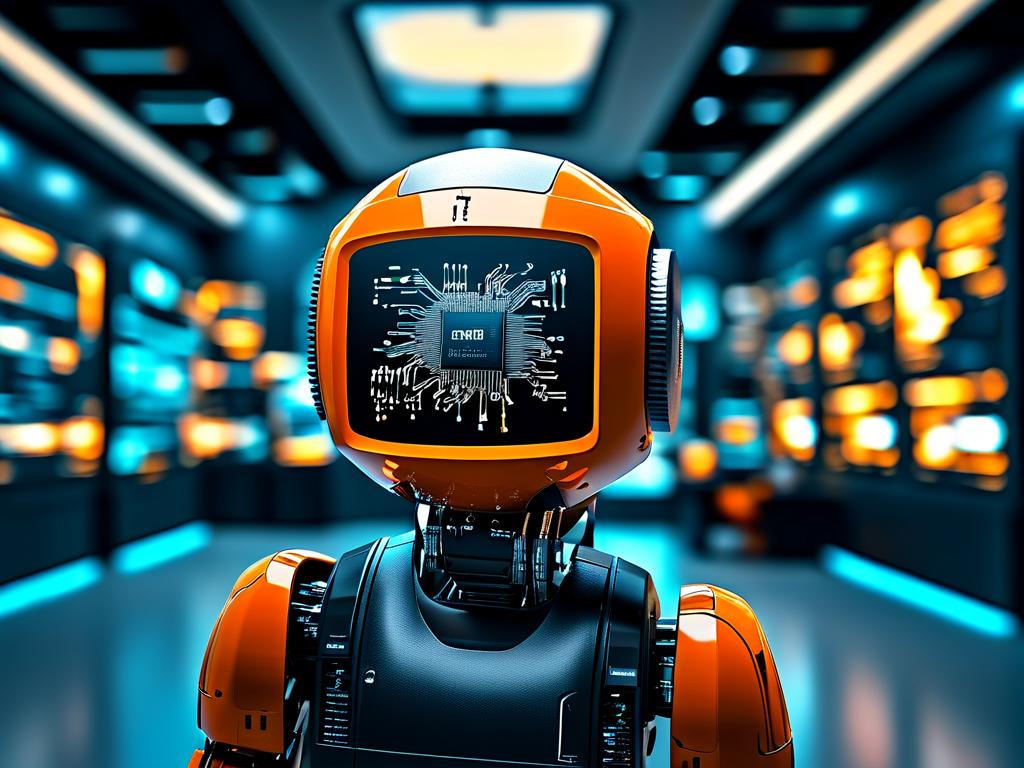The field of robotics has witnessed remarkable progress in China over the past decade, driven by strategic investments and a growing emphasis on technological self-reliance. Domestic research institutions and private enterprises are collaborating to overcome technical bottlenecks, resulting in innovations that span industrial automation, service robotics, and specialized applications.

One significant breakthrough lies in collaborative robots (cobots) designed for precision manufacturing. Unlike traditional industrial robots confined to safety cages, these next-generation machines integrate advanced force-sensing algorithms and adaptive control systems. For instance, Shanghai-based RoTech recently unveiled a dual-arm cobot capable of performing micron-level adjustments during semiconductor assembly, reducing production errors by 34% compared to human operators. Such developments align with national initiatives to upgrade manufacturing infrastructure through smart factory solutions.
Another frontier involves artificial intelligence convergence. Beijing Robotics Institute demonstrated a prototype last year combining reinforcement learning with hydraulic actuation, enabling quadruped robots to navigate complex terrains autonomously. This technology holds promise for disaster response scenarios where GPS signals are unreliable. Meanwhile, Shenzhen’s AI-driven service robots now handle 72% of routine tasks in pilot smart hospitals, from medication delivery to patient mobility assistance.
Sensor fusion represents a critical area of progress. Domestic researchers have developed multi-modal perception systems integrating lidar, millimeter-wave radar, and hyperspectral imaging. A notable example is the agricultural inspection robot by AgriBot Solutions, which analyzes crop health across 18 spectral bands while avoiding obstacles in real time. This innovation addresses the dual challenges of precision farming and labor shortages in rural areas.
Despite these achievements, challenges persist in core component manufacturing. High-performance reducers and servo motors still rely heavily on imports, though companies like Harmonic Drive China are making strides in localized production. The domestic harmonic drive market share grew from 12% to 29% between 2020 and 2023, signaling gradual progress in supply chain independence.
Ethical considerations are gaining attention as robotics permeates daily life. A recent white paper by the Chinese Academy of Sciences proposed guidelines for human-robot interaction in elderly care facilities, emphasizing privacy protection and decision-making transparency. These frameworks aim to balance technological advancement with social responsibility.
Looking ahead, cross-industry collaboration appears pivotal. The integration of 6G communication prototypes with swarm robotics at Tsinghua University’s lab demonstrates potential for large-scale coordination in logistics networks. Early tests show drone swarms achieving 98% accuracy in warehouse inventory checks, completing tasks 40% faster than manual processes.
As global competition intensifies, China’s robotics sector continues to evolve through targeted R&D programs and international knowledge exchange. While obstacles remain in achieving full technological sovereignty, the current trajectory suggests increasing influence in shaping global robotics standards and applications.









